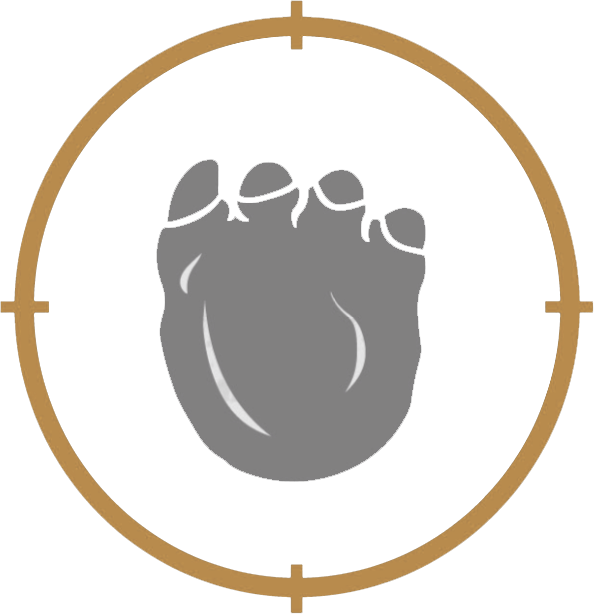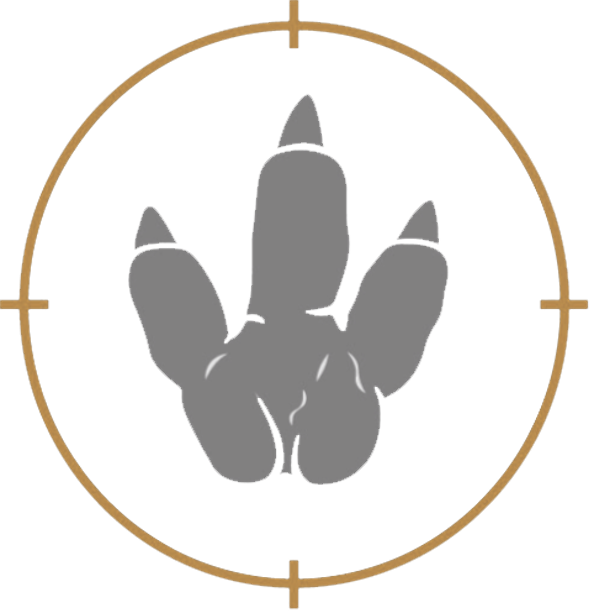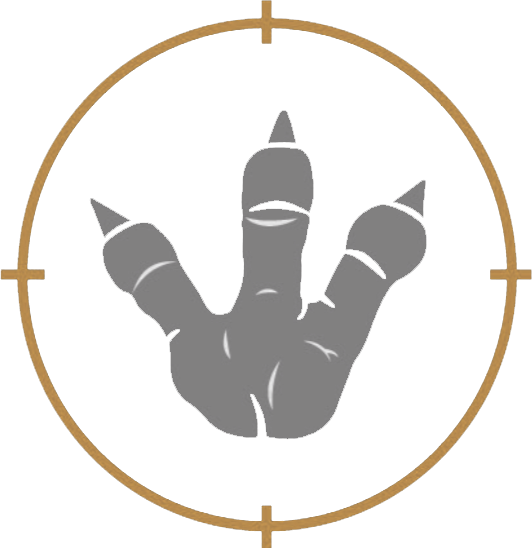- TRICERATOPS
- VOLCANO
- CARNOTAURUS
- TYRANNOSAURUS
- NUBLAR
- MICROCERATUS
- EXTINCT
- STEGOSAURUS
- HERRERASAURUS
- RAPTOR

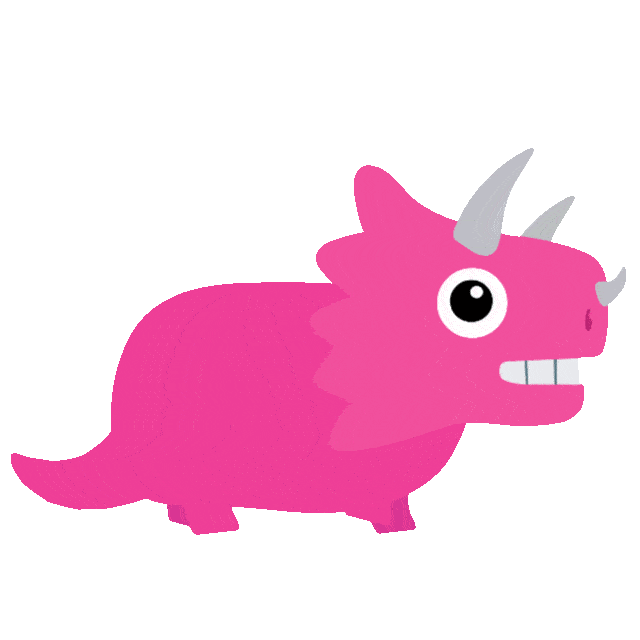
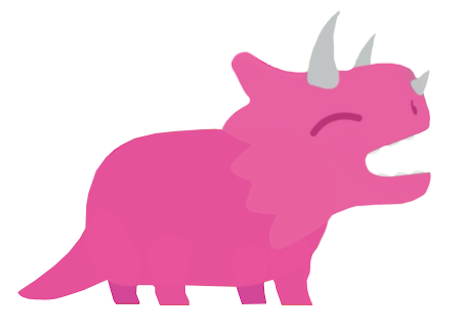


> T. rex is as long as a school bus.
> T. rex can weigh as much as two African elephants.
> T. rex can easily look into a second story window.
> The bite of Tyrannosaurus Rex is unmatched. This carnivore can open its jaws to 80 degrees and slam down with a force of up to 34,000 Newtons - more than enough to drive its thick, serrated teeth into the toughest of hides and shatter bones.
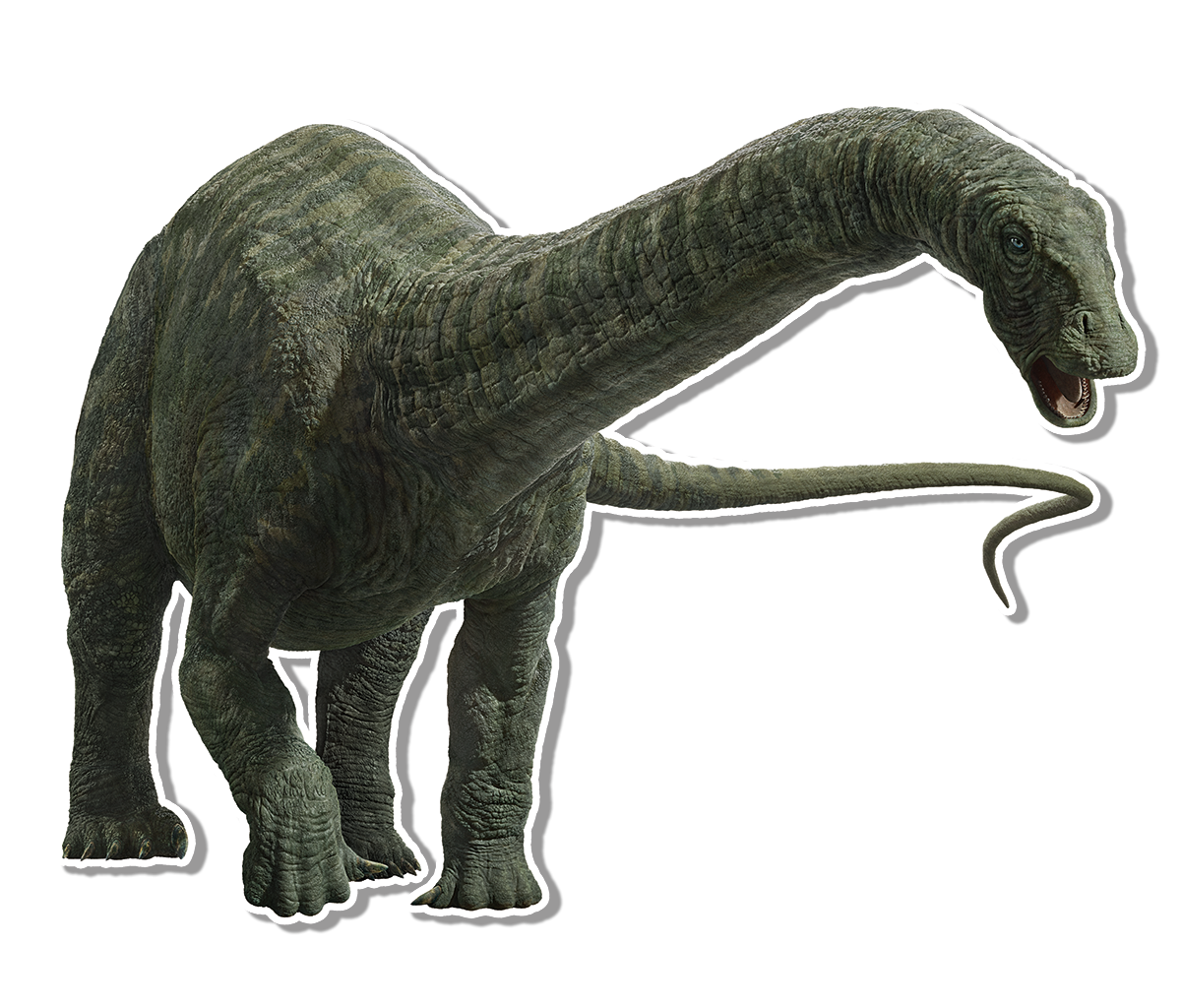
> The long tail of Apatosaurus isn’t just for balance. This herbivore can crack its tail like a whip, fat enough to break the sound barrier or give an attacking carnivore a stern rebuke.
> The Apatosaurus can’t chew. It uses its teeth to crop and scrape plant food which it then swallows whole.
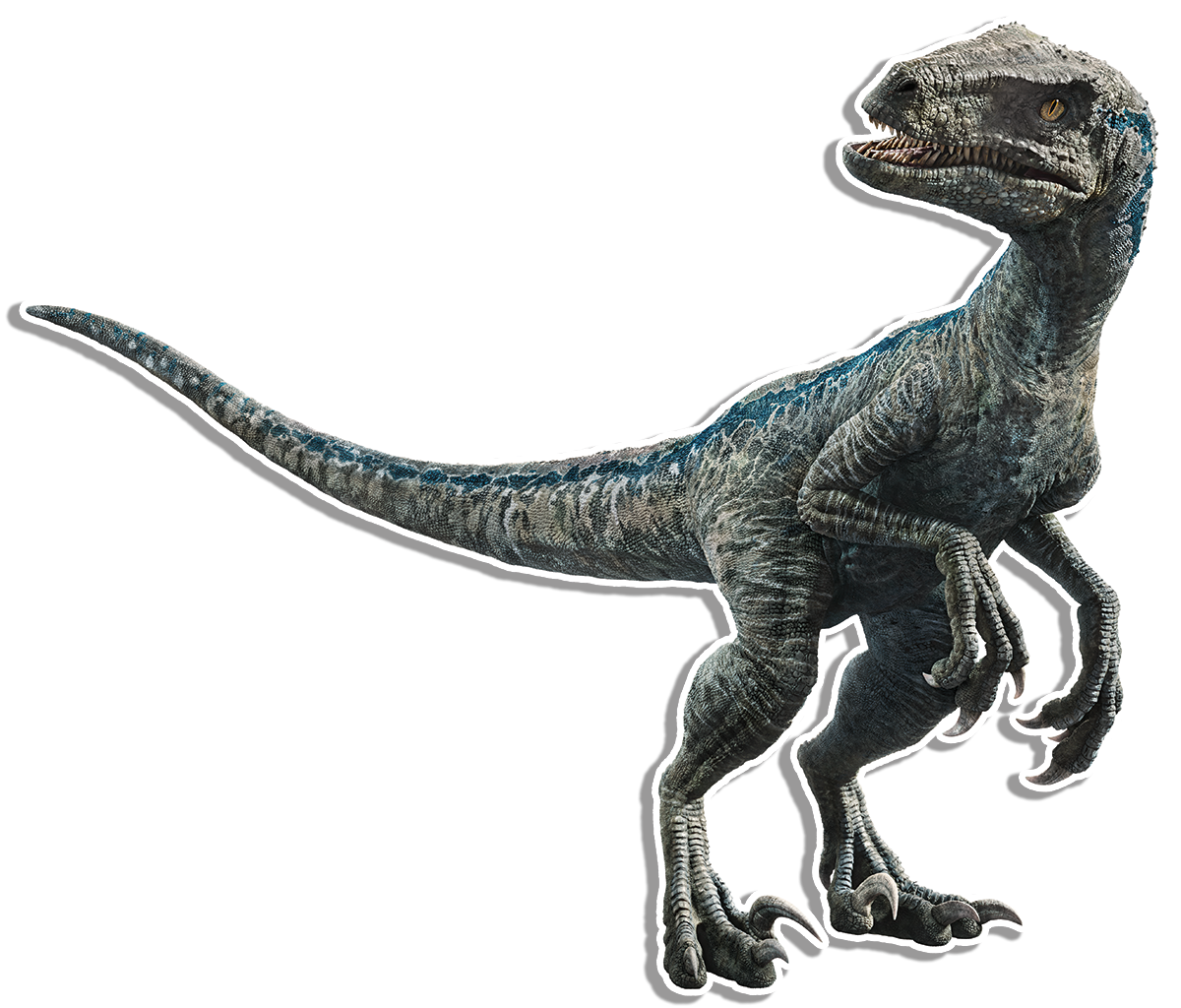
> Each foot of the velociraptor carries a large, recurved claw on the second toe. While sometimes used for slashing, this weapon is also effective at pinning prey to the ground as the dinosaur puts its jaws to work.
> Thanks to the pioneering work of Alan Grant and Billy Brennan, we know that Velociraptors are chatty dinosaurs that coordinate their packs with an array of different calls.

> Despite being a herbivore, Triceratops is an aggressive animal that doesn’t back down from confrontation. Herd members frequently lock horns, leaving visible scratches and lesions on the sides of their bony frills.
> The first fossils of Triceratops to be studied by scientists were initially confused for the horns of a giant bison.
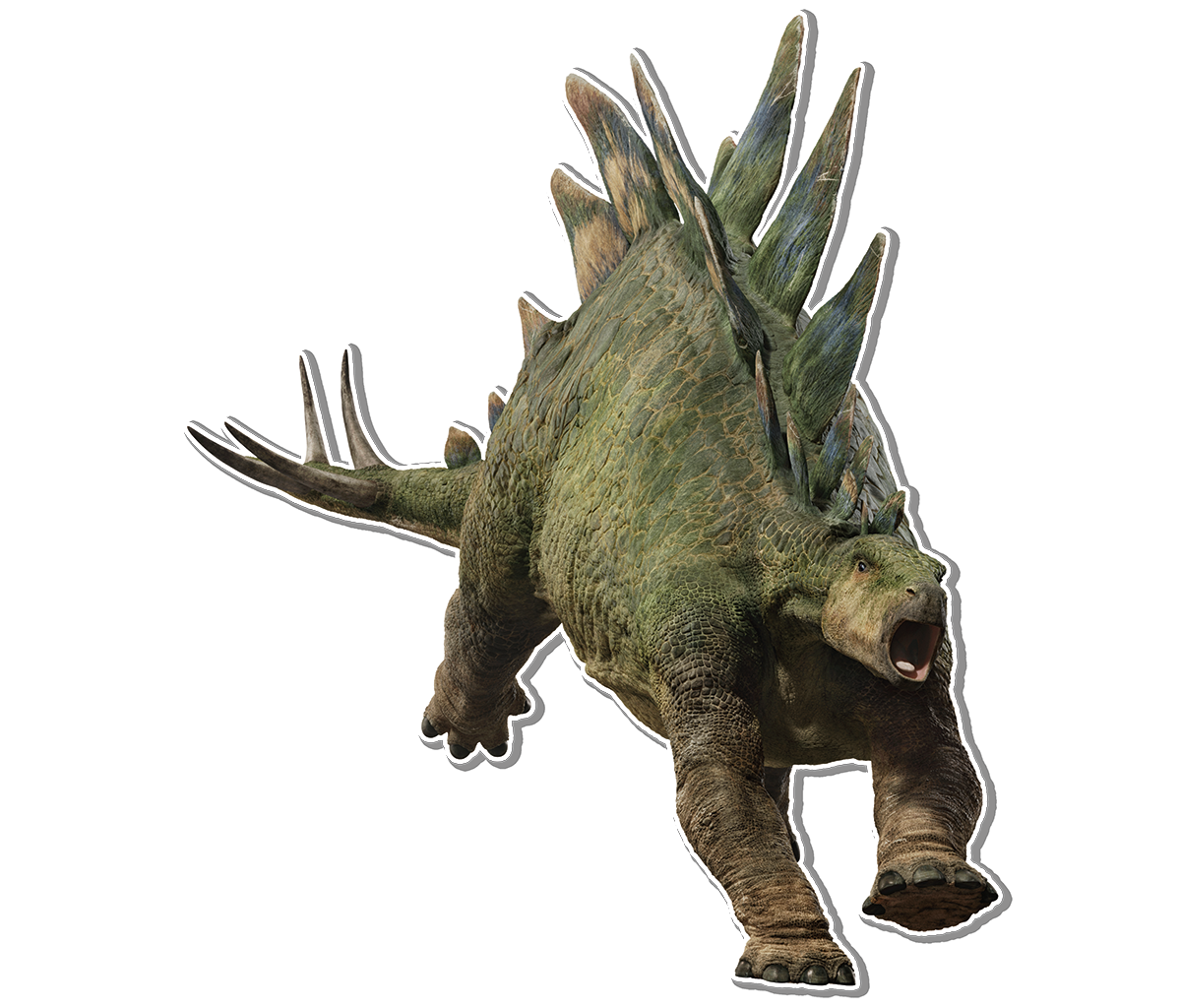
> Stegosaurus is armed with a set of four three-foot-long spikes, and this herbivore is able to swing them with enough speed to piece through muscle right into bone.
> Despite being a massive prickly dinosaur, Stegosaurus has very tiny teeth. These limit the herbivore to a diet of mostly soft foods, like ferns. But the dinosaur didn’t have to worry about breaking a tooth if it crunched something harder as its teeth replace throughout its life.

> Carnotaurus has a large muscle between her thigh and tail - called the caudofemoralis- that allows it to wind up for one heck of a kick.
> Before an attack the Carnotaurus calculates and carefully sizes up its prey.
> The horns above the eyes of Carnotaurus are not meant as weapons, but social displays the dinosaurs use to identify each other.
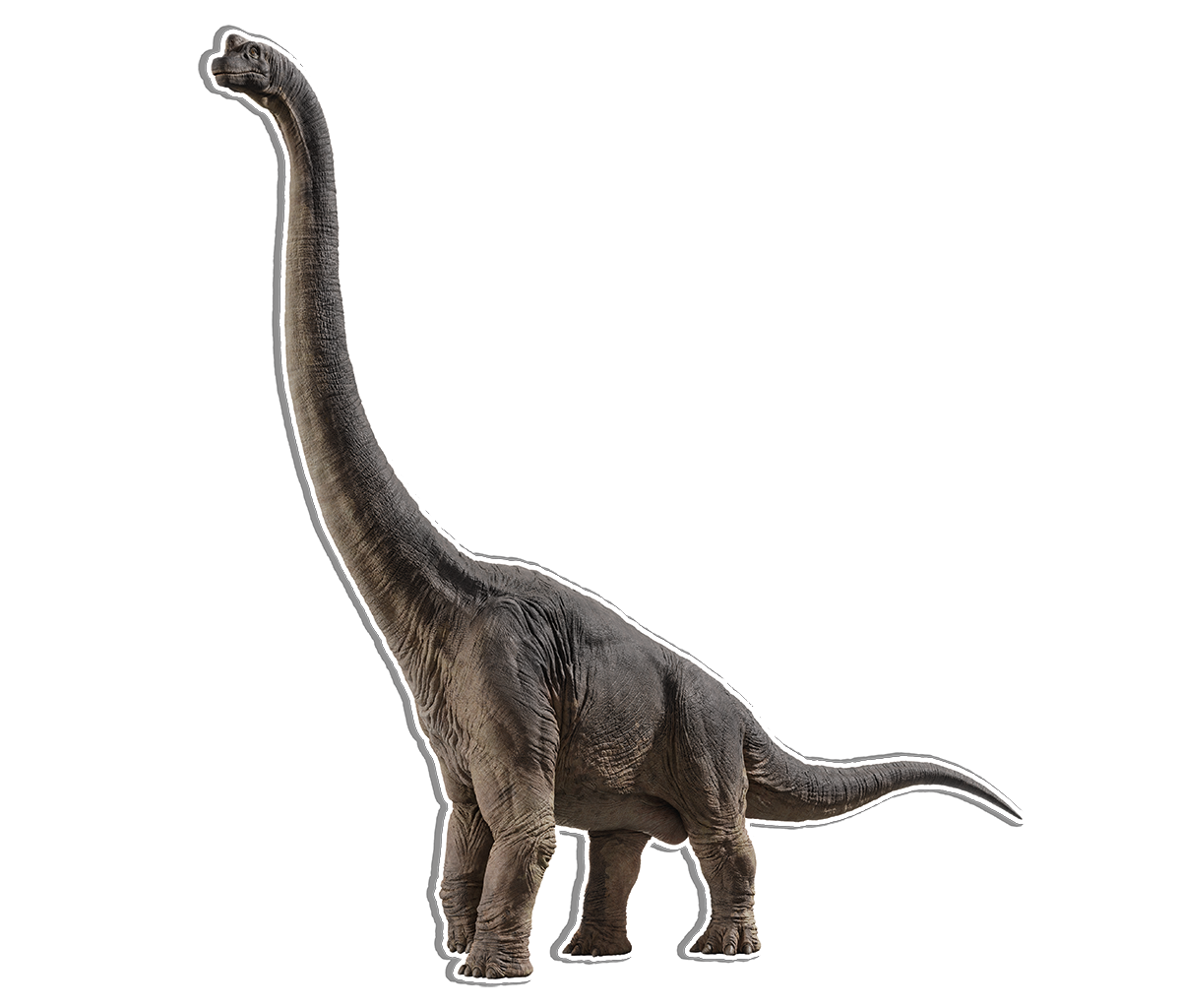
> The size of Brachiosaurus is its protection. Only a starving or insane carnivore would attack such a huge mountain of muscle.
> These gentle giants sing amongst herd members. They are reminiscent of whale songs, which can be heard from 10 miles away!
> The humerus or upper arm bone of Brachiosaurus, is over six feet long. That’s taller than most people!
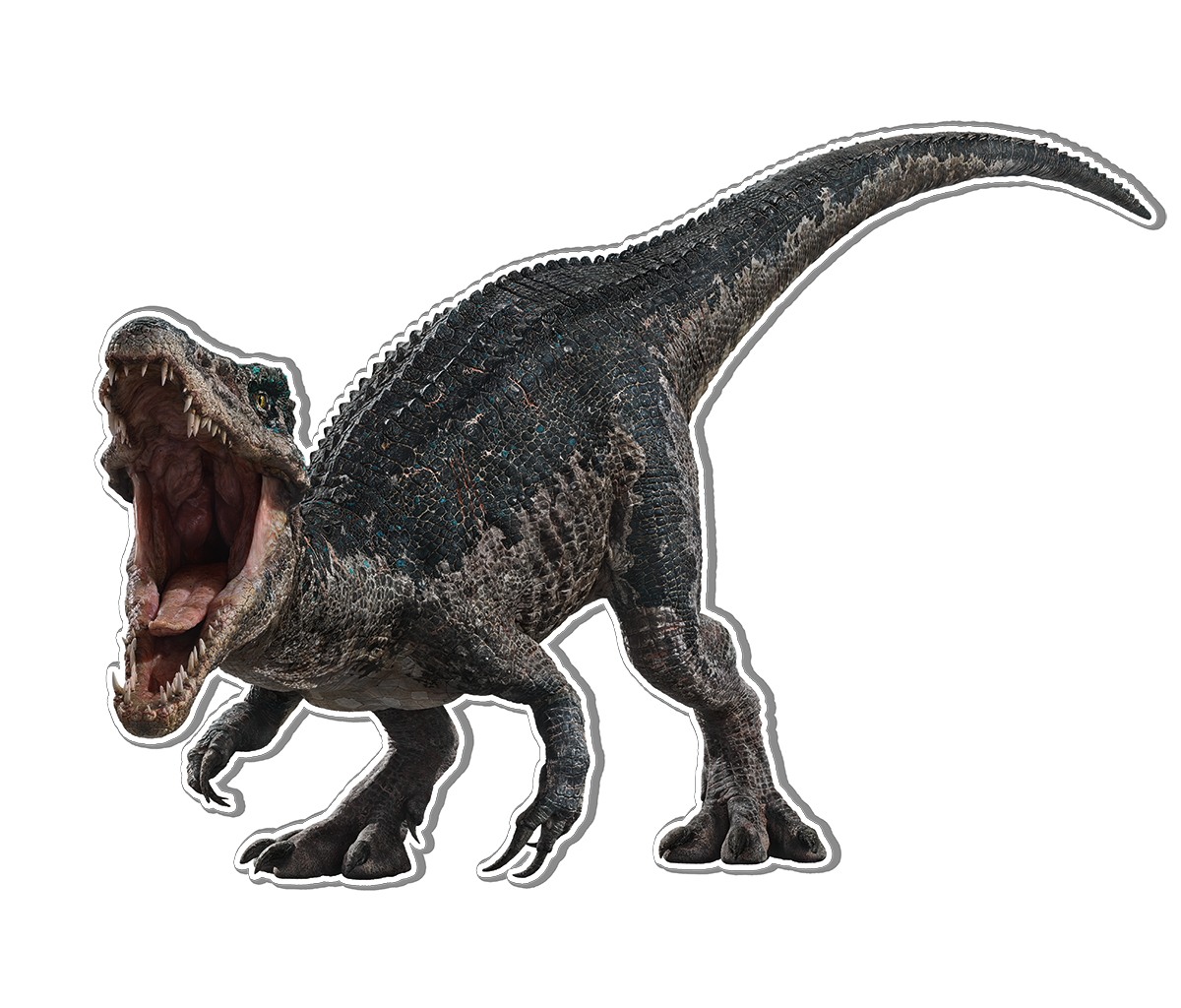
> Prehistoric gut contents in the first Baryonyx fossil gave scientists a head start in determining the diet for this dinosaur. The fossil not only included parts of a fish, which Baryonyx likely snapped up with its narrow jaws, but also the remains of a baby dinosaur. This makes Baryonyx a varied feeder!
> The thumb claws of Baryonyx are over a foot long, giving this crocodile-faced carnivore a deadly grip when hunting for fish.
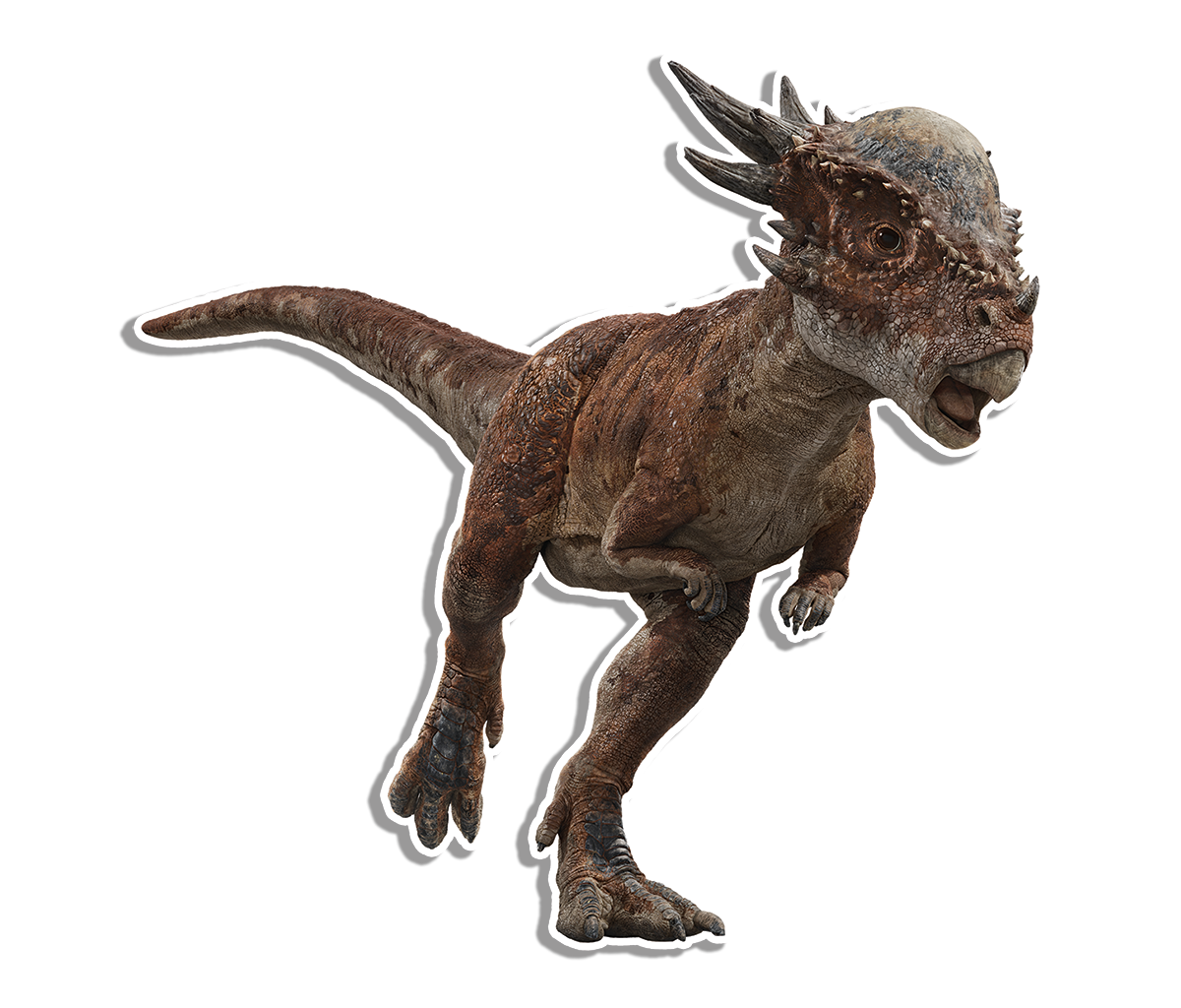
> The spikes on the skull of Stygimoloch prevents predators from trying to bite this dinosaur on the neck. They are also more prominent during infancy, getting shorter as the animal grows.
> Stygimoloch has a beak as well as teeth, allowing her to effectively nip bite-sized parts of the plants she eats.
> They are known to use their thick skulls to grind heads together during confrontations amongst members of the species.

